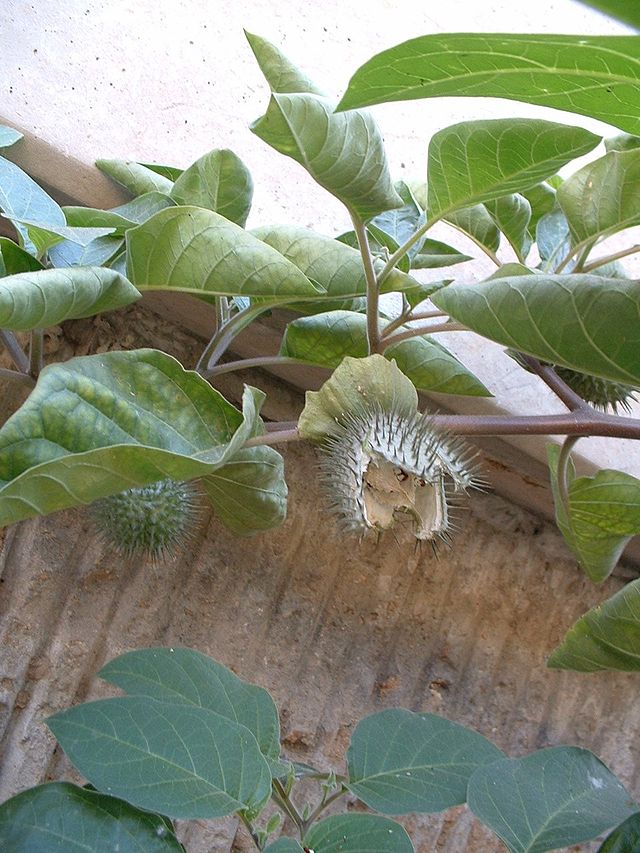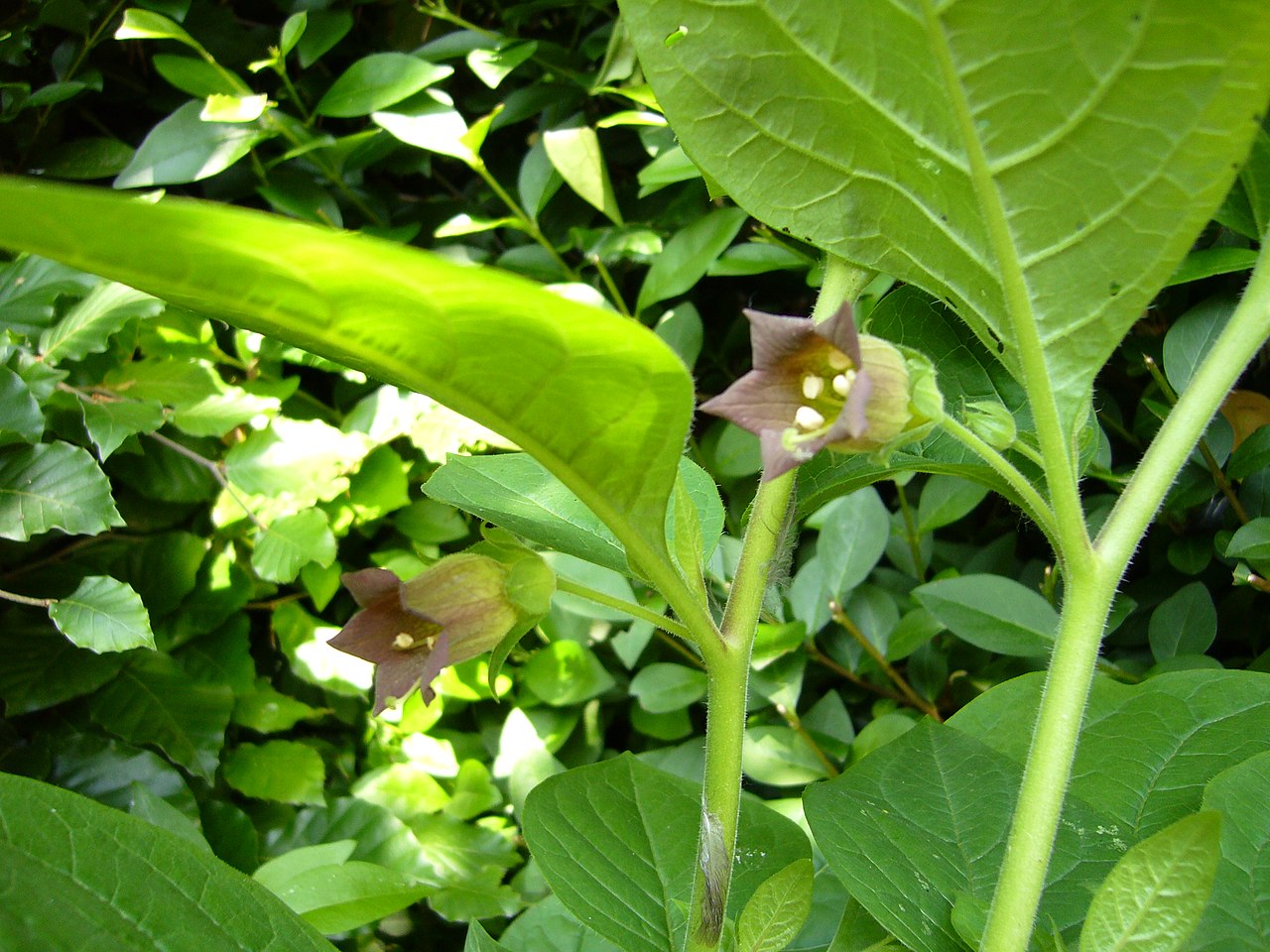
source Wikipedia
Summer is upon us†, the lush fields of the spring are starting to become the dry dustbowls of summer – at least in those areas where there has not been much rain – and the first hay is being harvested. And horse owners are possibly starting to worry a little: they’ve just noticed some ragwort, Jacobaea vulgaris, appearing in their pasture. Panic stations? Well, yes and no:
No
- Ragwort is bitter. Horses do not like a bitter taste and will avoid it
- Ragwort is an indigenous species to Eurasia
In the UK, where the plant is native, ragwort provides a home and food source to at least 77 insect species. Thirty of these species of invertebrate use ragwort exclusively as their food source and there are another 22 species where ragwort forms a significant part of their diet.
Furthermore, English Nature identify a further 117 species that use ragwort as a nectar source whilst travelling between feeding and breeding sites, or between metapopulations. These consist mainly of solitary bees, hoverflies, moths, and butterflies…
Besides the fact that ragwort is incredibly attractive to such a vast array of insects, some of these are very rare indeed. Of the 30 species that specifically feed on ragwort alone, seven are officially deemed Nationally Scarce. A further three species are on the IUCN Red List. In short, ragwort is an exclusive food source for ten rare or threatened insect species…†† - As with many other toxic plants, horses will occasionally nibble at the plant to alleviate any problems they may have (autotherapy)
Yes
- Ragwort is invasive – if left uncontrolled it will reseed rapidly
- Ragwort is poisonous – but more importantly, it is a cumulative poison. A horse might nibble at small amounts of ragwort and in the short term show no adverse signs; in the long term, however, the cumulative effects of regular consumption will eventually cause noticeable – and irreversible – liver damage
- Ragwort in hayfields is particularly noxious: when dried, it loses its bitter taste but it loses none of its toxicity. This means that for the horse, ragwort in hay is an undetectable menace

Source Wikipedia
And the problem is not just restricted to ragwort; St. John’s Wort, Hypericum perforatum, is also a problem. Although St. John’s Wort, often seen as a natural anti-depressant and an aid to sleeplessness in humans, does not contain the dangerous alkaloids found in ragwort, in sufficient quantities it too can cause liver damage in horses. Often the signs of such liver damage are heightened photosensitivity. The horse will have increased difficulty in withstanding light conditions – particularly sunlight – and this sensitivity will extend to the skin and can manifest itself as lesions if left long enough.‡
So, what to do. That all depends upon infestation and whether you intend to use the field for hay. Obviously if you are going to use the field for hay, it is essential that the majority of the plants are removed. This is of course difficult since the high stalks of grass will mask many of the high stalks of ragwort. The advantage is the yellow flowerhead but the whole plant is toxic, so those not in bloom pose just as great a risk.
Similarly, with St. John’s Wort the whole plant should be removed. Again, the yellow flowers are a good beacon but in a field of grass, those not in bloom will be more difficult to find.
If you are not intending to use the field for hay, then for both ragwort and St. John’s Wort there are two options – quite obviously, do nothing, or do something!
You can do nothing – if the infestation is just one or two plants here or there, then your horses are unlikely to eat them as long as there is enough other foliage available. If they do eat them, there is just a minute chance that the toxic effect will be seriously lasting – when liver damage occurs, it is irreversible but often, through regeneration, the rest of the liver is quite capable of coping with this.‡ Having said that, cumulatively, at a given moment it will come to a dangerous tipping-point, certainly with ragwort.
Or you can do something – which is basically rip out as many of the plants as you possibly can and dispose of them where they will not get mixed with grass used for hay. The hellish part of it is that you will clear the whole field, turn around and see that you have missed a horrifying number of plants. Then you will go back the next day and wonder if you really did clear the field or just dream it! But persevere – keep pulling them out and disposing of them sensibly. An infestation in surrounding fields will of course be of no assistance. Irrespective of your care and attention, the seeds will cross the boundary, however annoyed you might get with them; but then you wanted a horse! And don’t forget that current agricultural techniques have all but destroyed the natural habitats of many indigenous wild flowers – and their guests; the roadside verges are one of the few refuges for this very important, if annoying, flora and even there they are under threat with many councils clearing the verges in the interests of road-safety.

Source Wikipedia
If you are in the position to do so (and accept the inherent disadvantages), you can use artificial fertilisers on your field to good effect; it would appear that the working is two-fold: apart from the obvious thickening of the grass mat to the exclusion of the plants, ragwort also appears to react adversely to artificial fertiliser. Of course, if you have a true meadow and not a lush mown cricket-pitch, the use of fertiliser is not really a good idea.

or Belladonna
Source Wikipedia
As a final word, two other plants that can pose a problem – with the same cause as ragwort, namely alkaloids – are the Datura and the Deadly Nightshade. Both belong to the potato family (as do the tomato, paprika and chilli pepper!) Solanaceae and both are found wild, and in the case of Datura, cultivated.
†Northern Hemisphere, obviously – maybe with the exception of the Manchester area!
††Wikipedia
‡Although ratified by a vet, this is not a medical reference; please consult your own vet for more information
